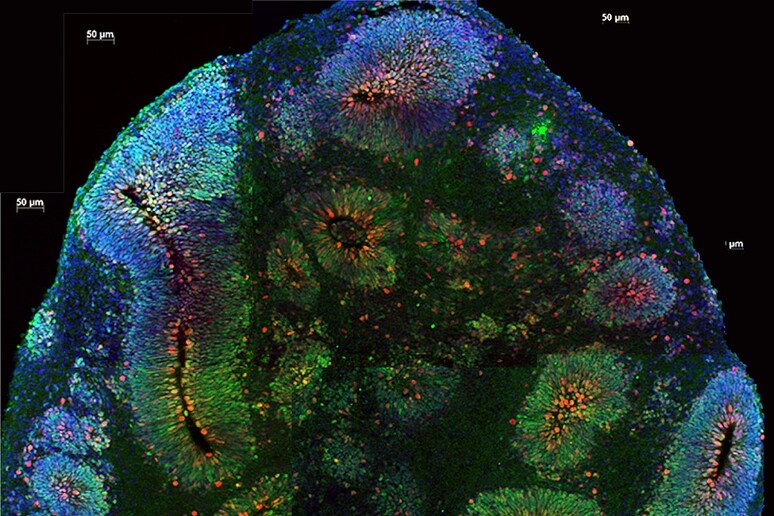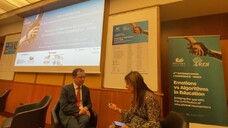Mini human brains obtained from reprogrammed stem cells have made it possible to study and correct in test tubes the genetic mutations responsible for microcephaly, a serious condition that arises during prenatal development and leads to reduced brain development.
The result, which paves the way for future developments in gene therapy, is published in the journal eLife by the University of Pisa in collaboration with the Yale School of Medicine and the State University of Milan.
"We used an innovative system of pluripotent stem cells reprogrammed from skin cells," said Marco Onorati, director of the NeuroStemCell Lab at the University of Pisa.
"These reprogrammed cells can be differentiated towards all cell types in our body, including neurons, and then used to generate human brain organoids. In this way, we created a study model that allowed us to summarize in the test tube early events in the development of our brain and its dysfunctions that could otherwise not be easily observed,” he added.
The researchers used this experimental model to study a particular gene called WDR62, whose mutations represent the second most common cause of microcephaly.
"Using the Crispr/Cas9 technique, which allows precise repair of a gene sequence, we corrected the mutation in vitro," added the study's first author Claudia Dell'Amico, from the Biology Department of the University of Pisa."This made it possible to apply gene therapy and 'cure' organoids, paving the way for future developments in gene therapy,” she added.
Riproduzione riservata © Copyright ANSA













